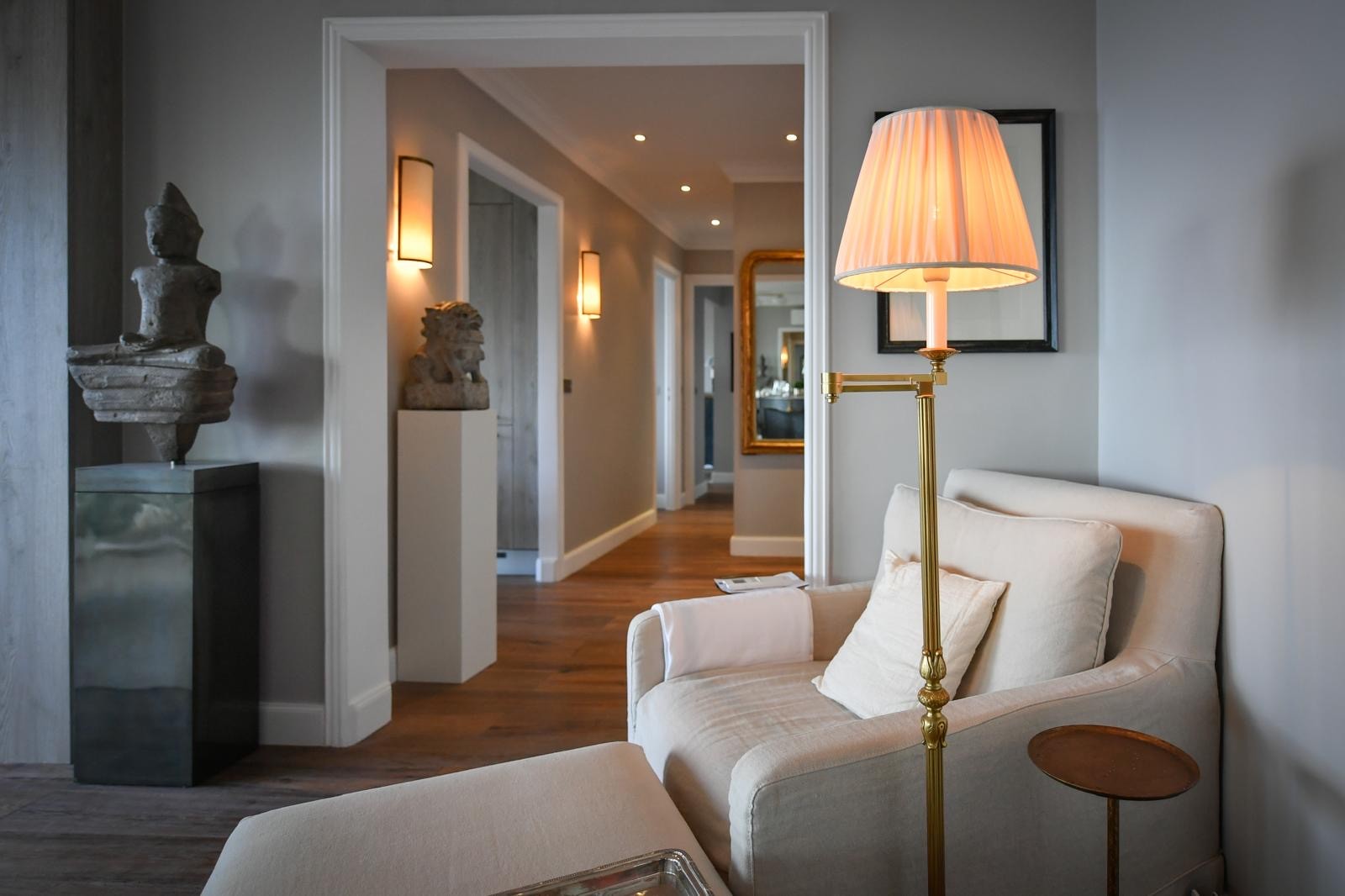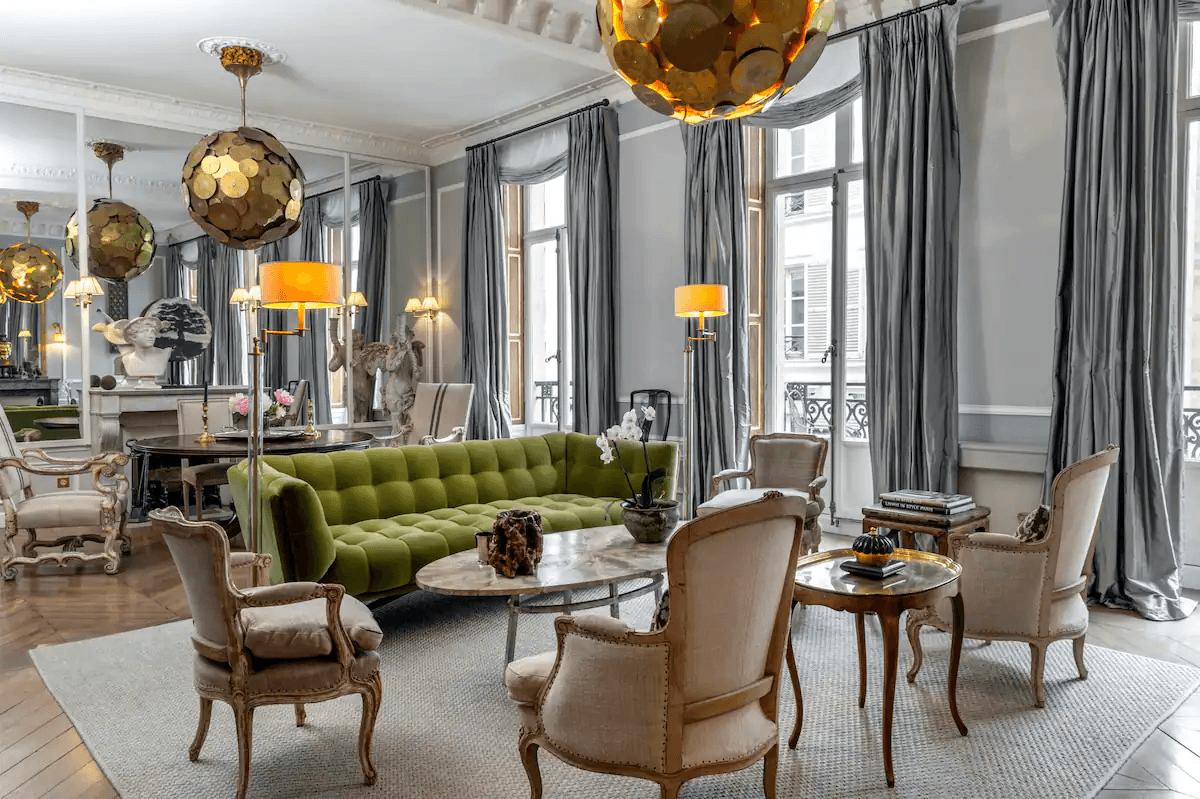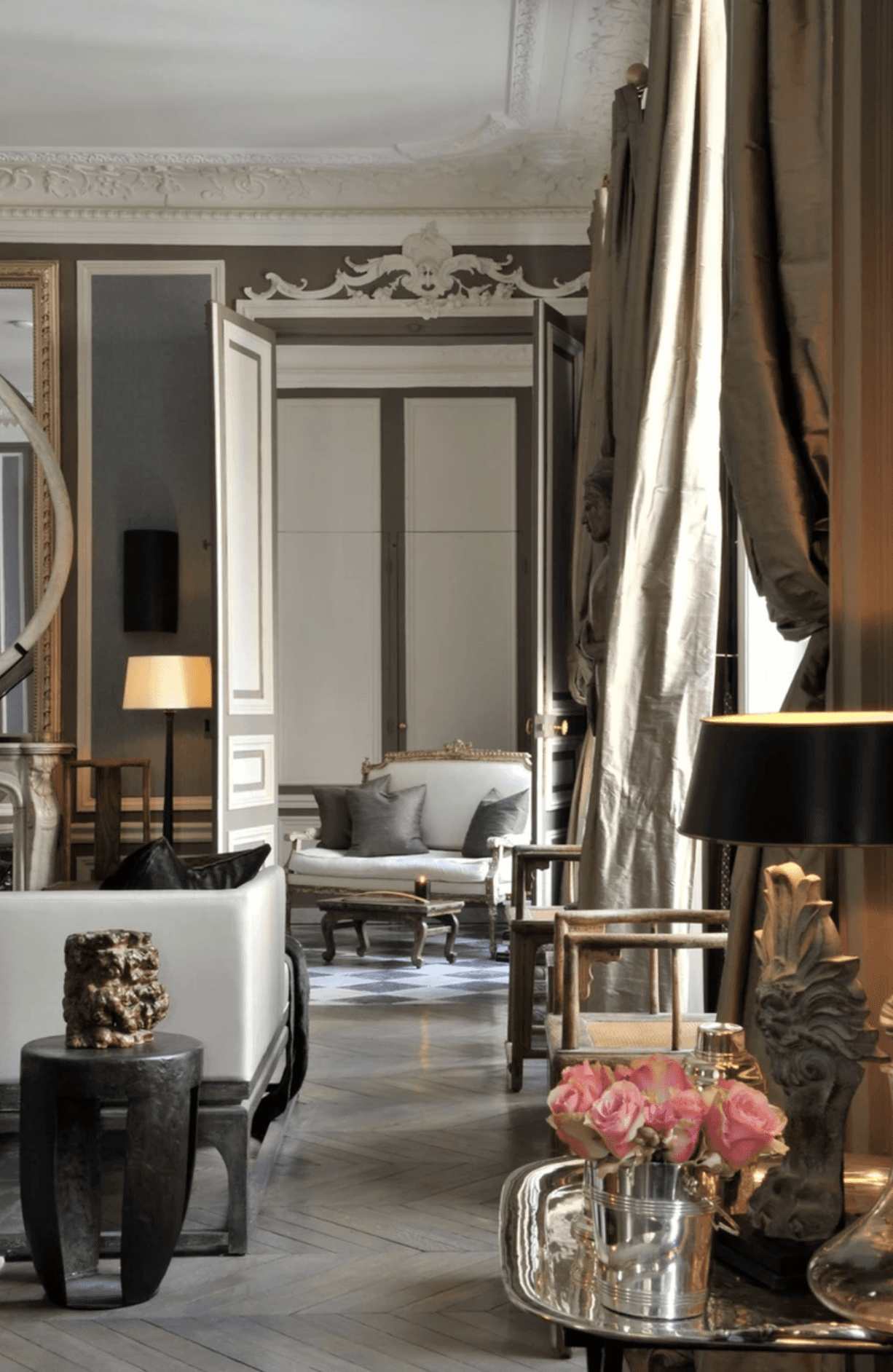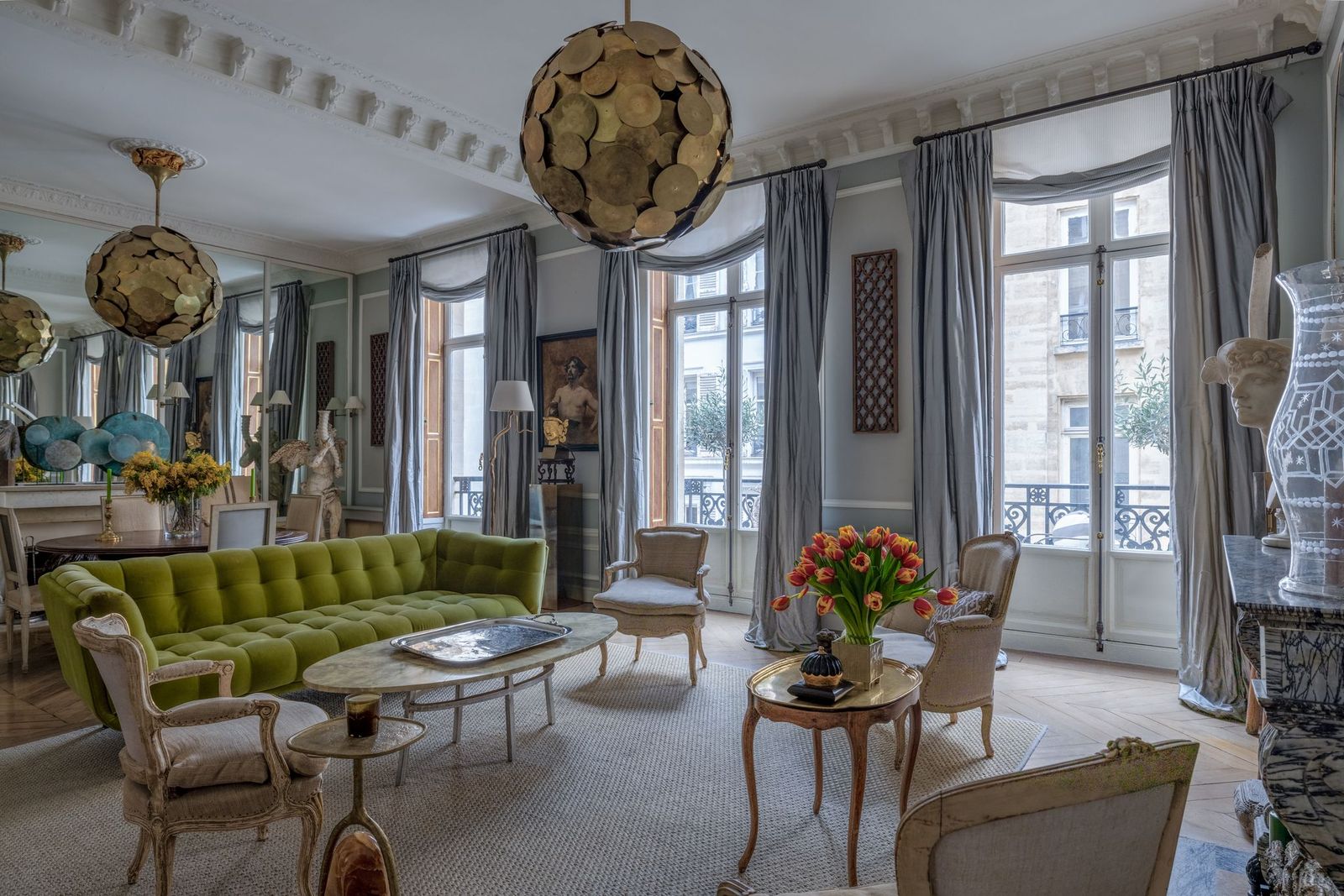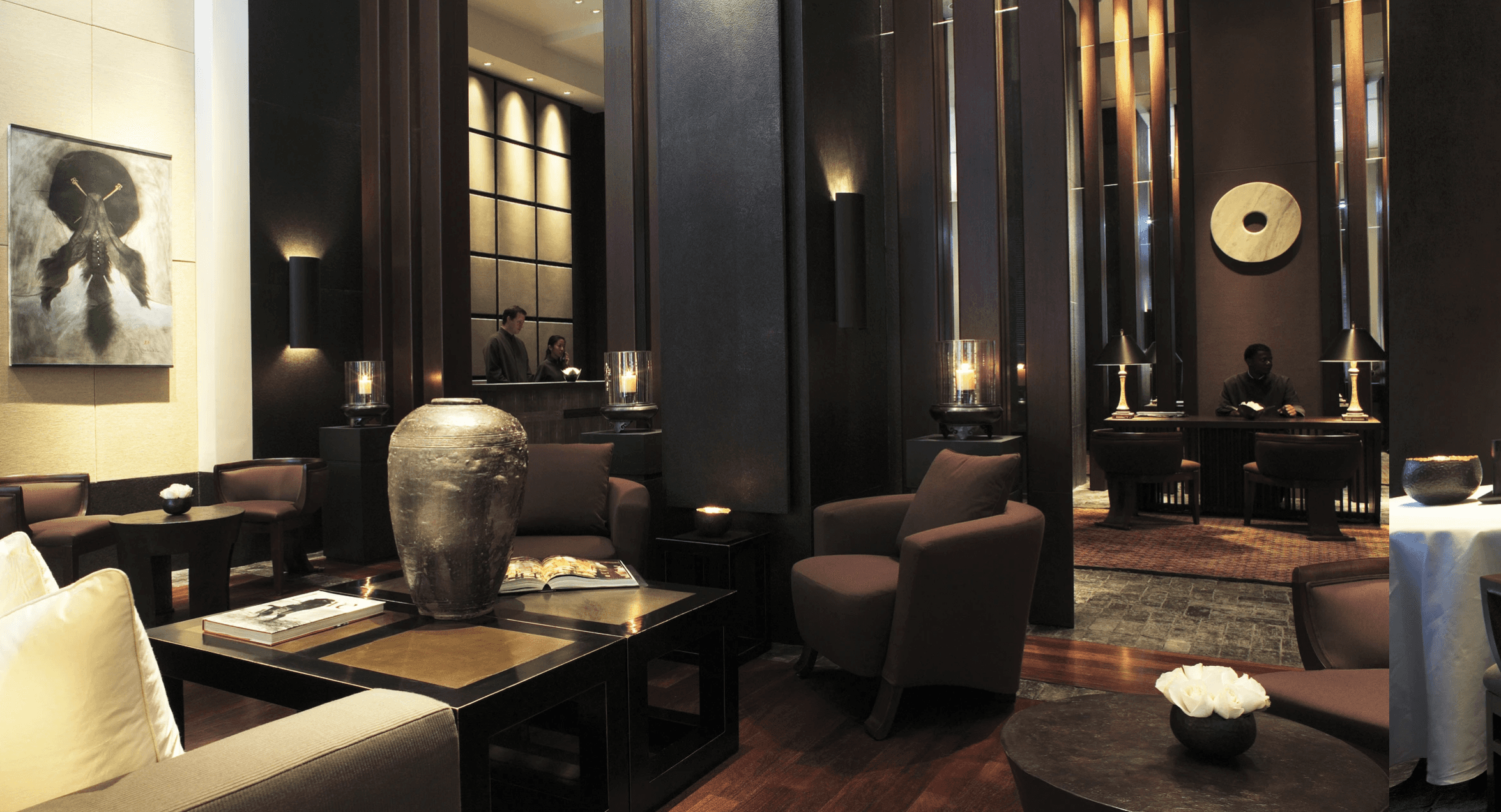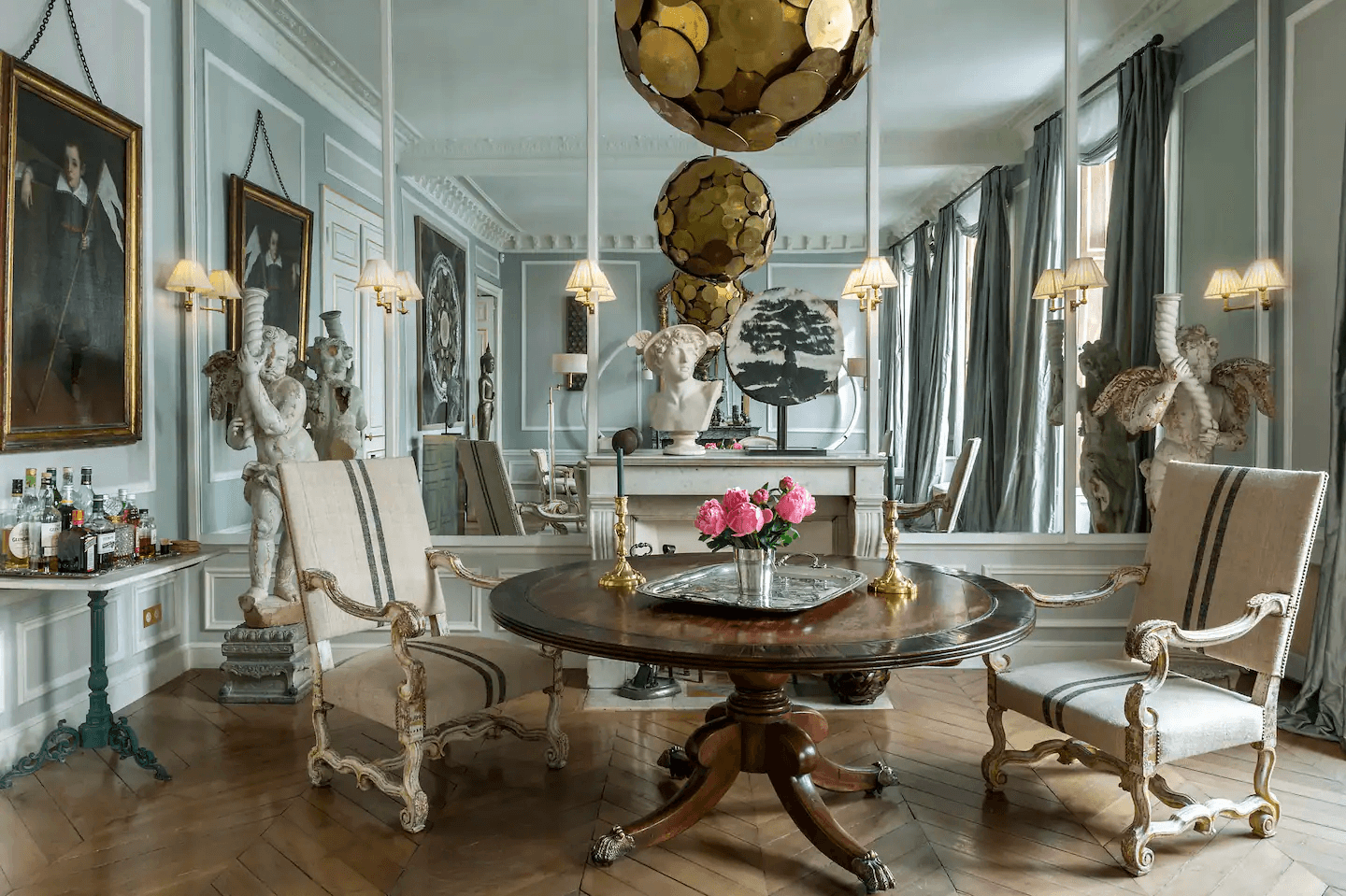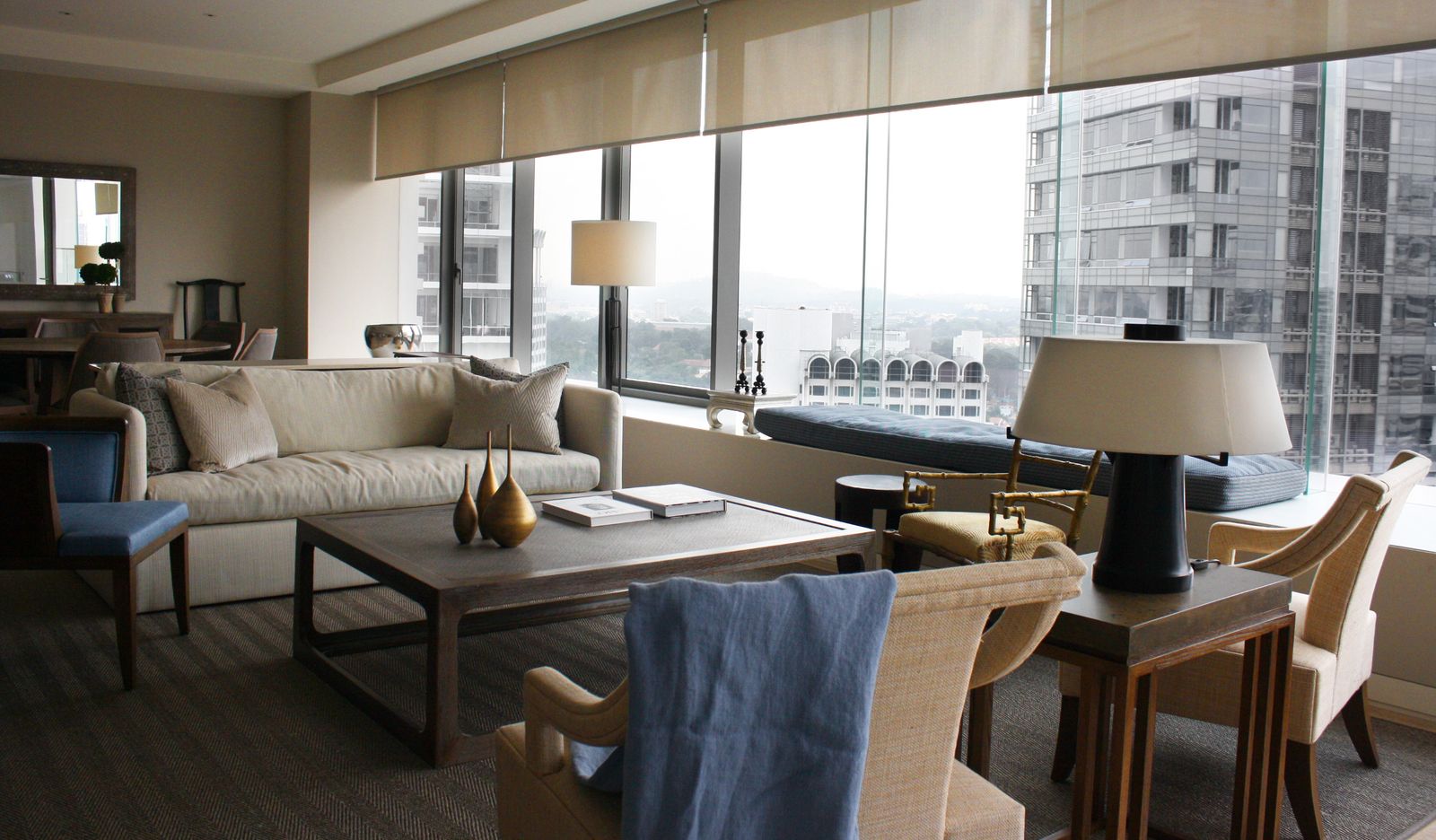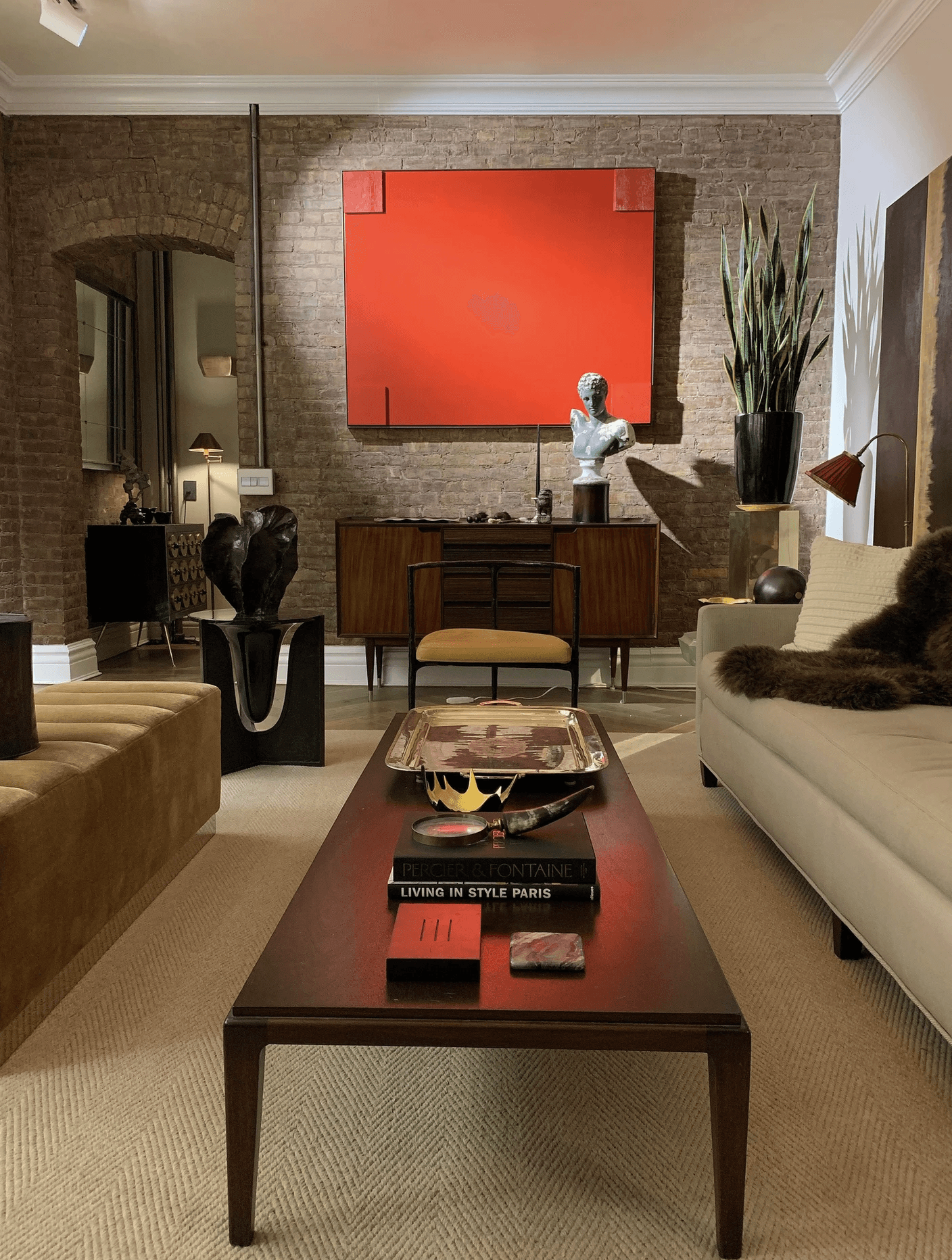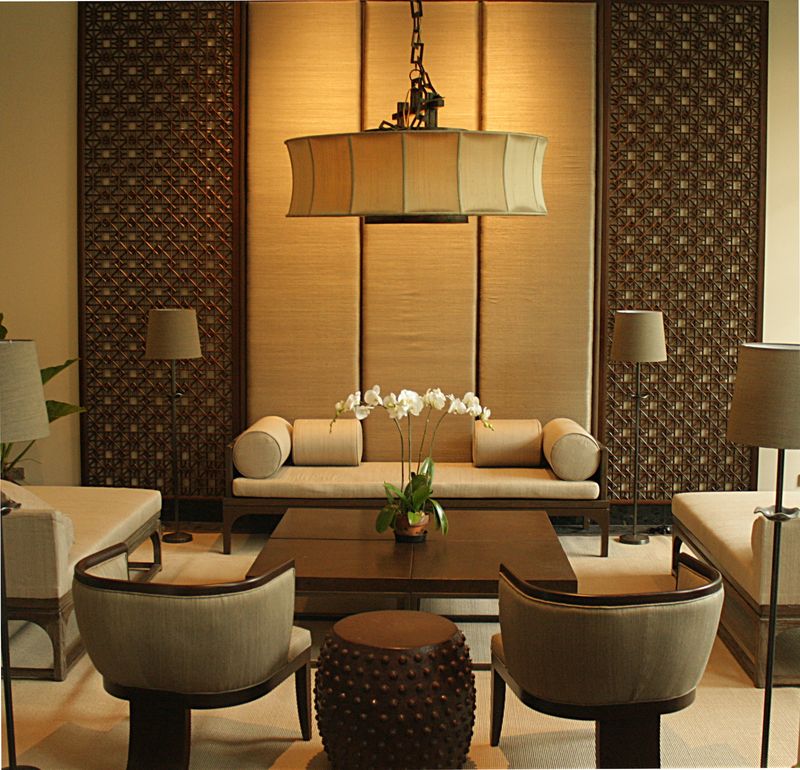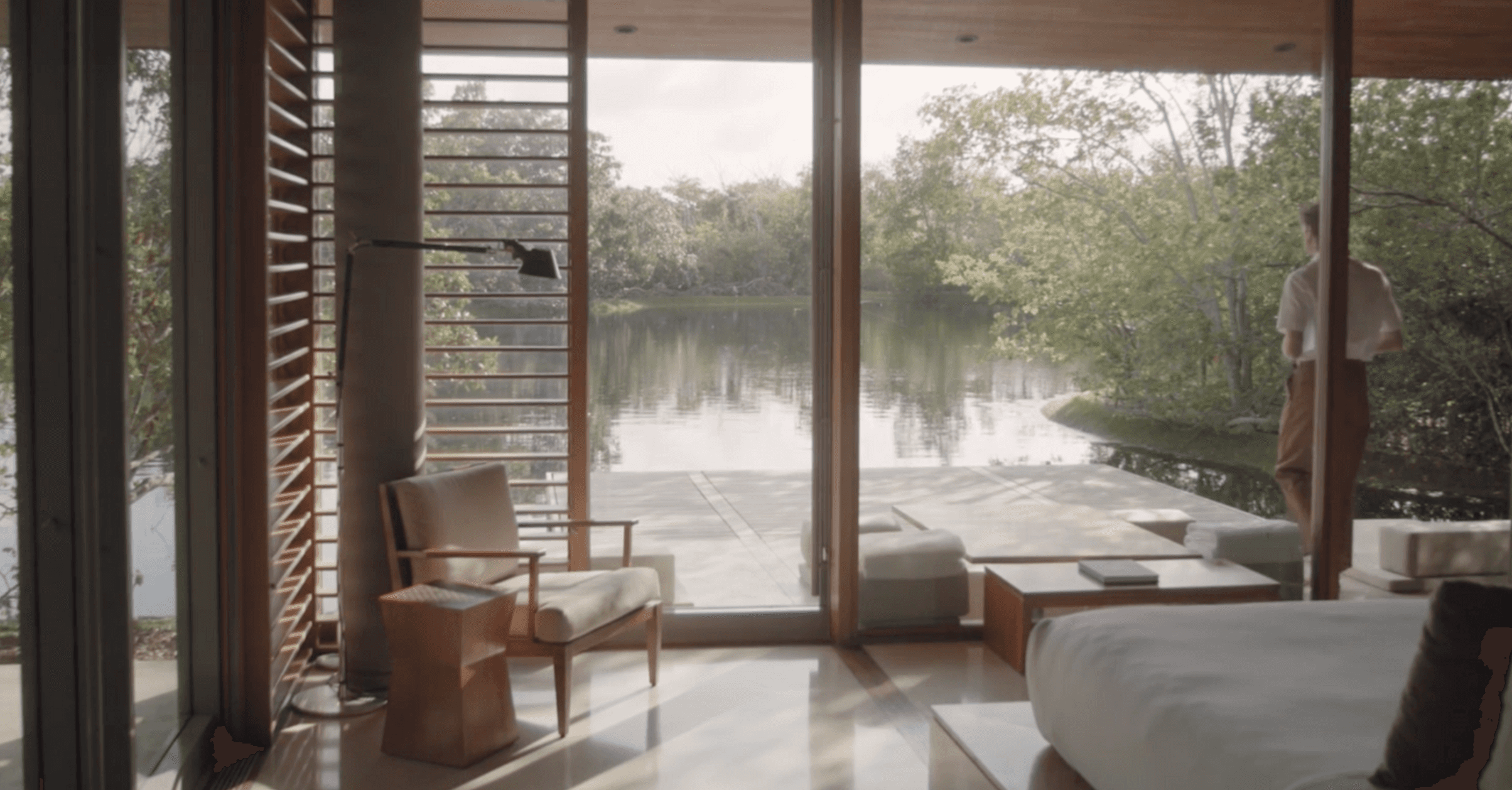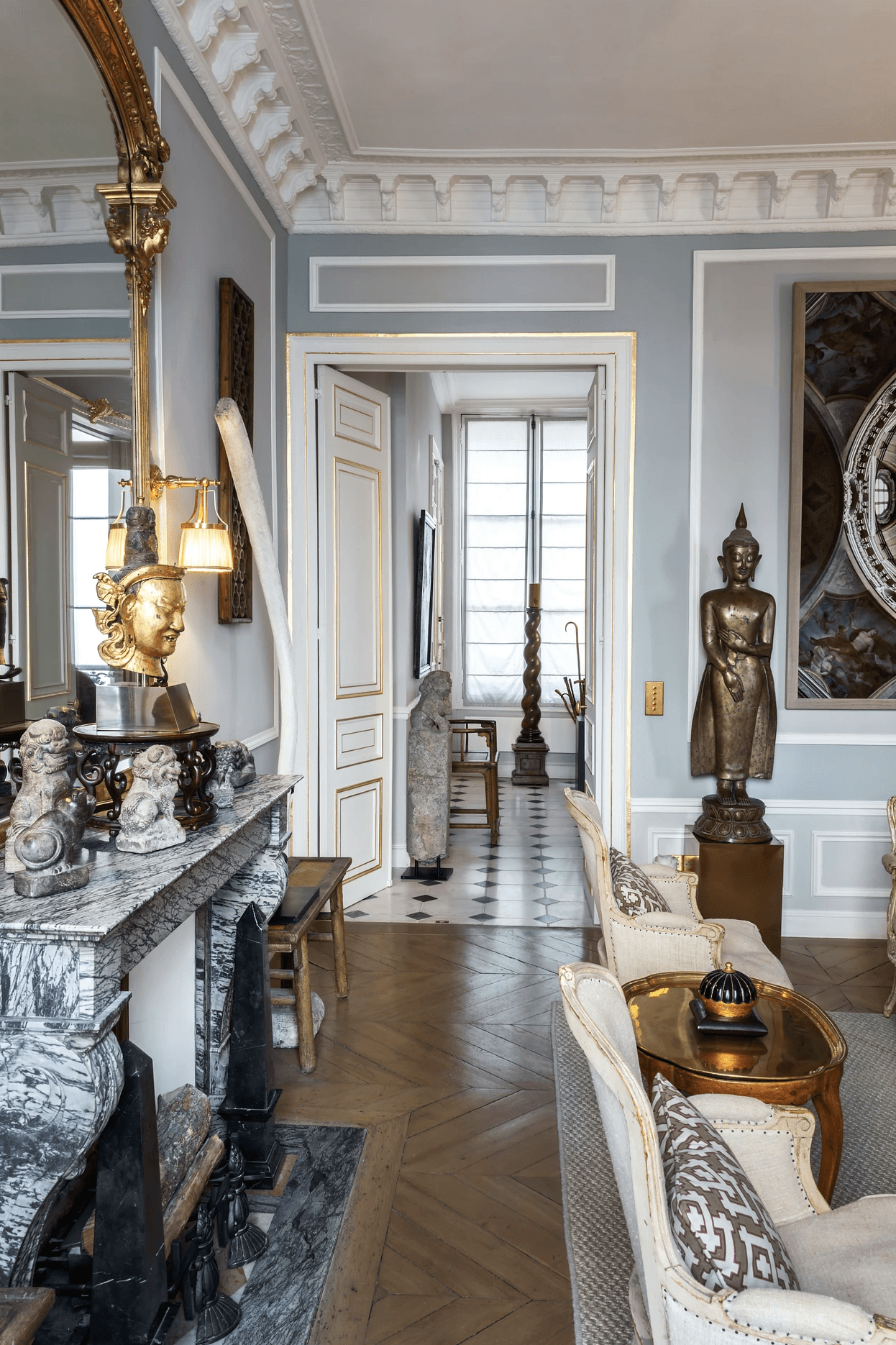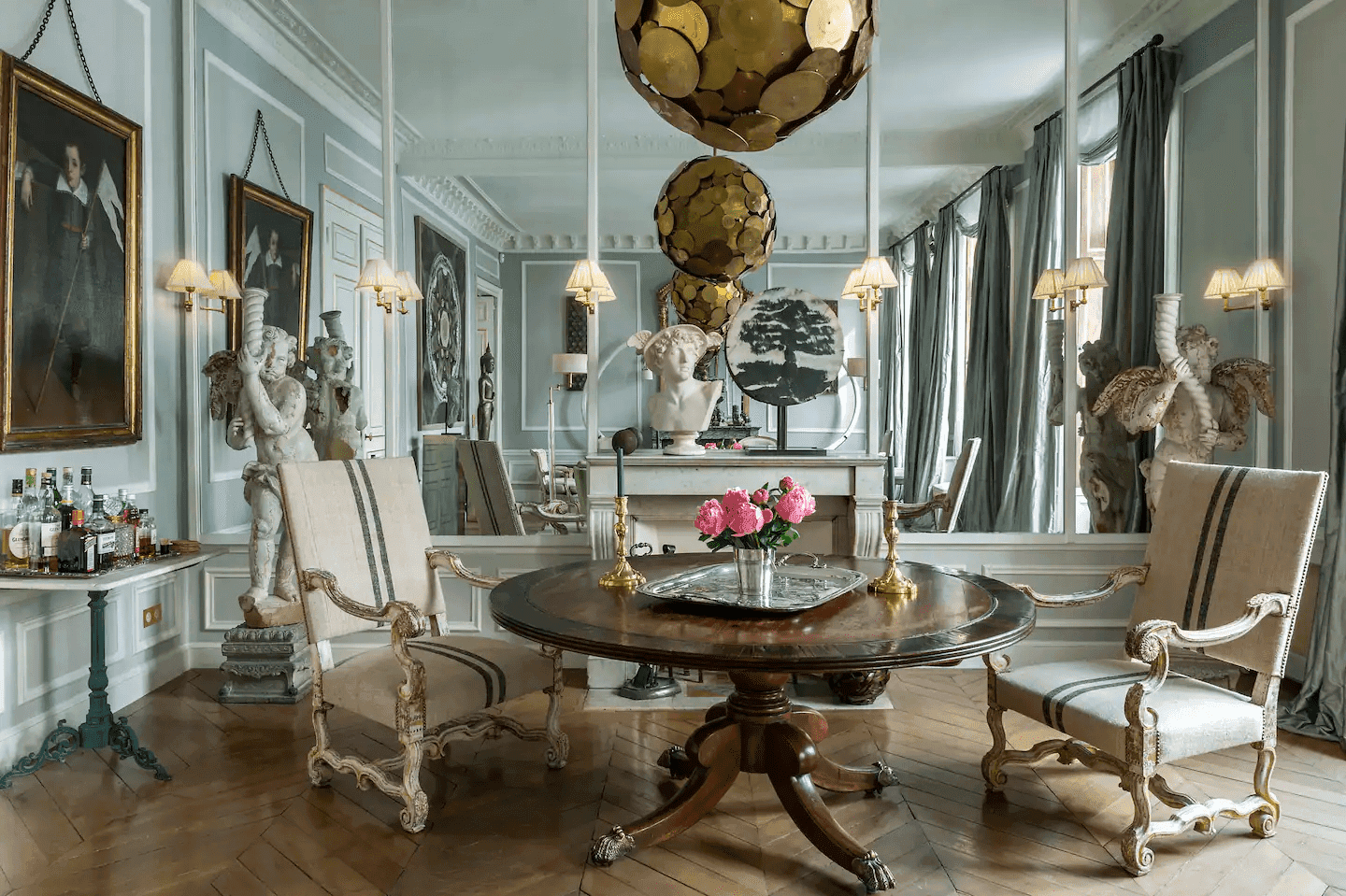Tips
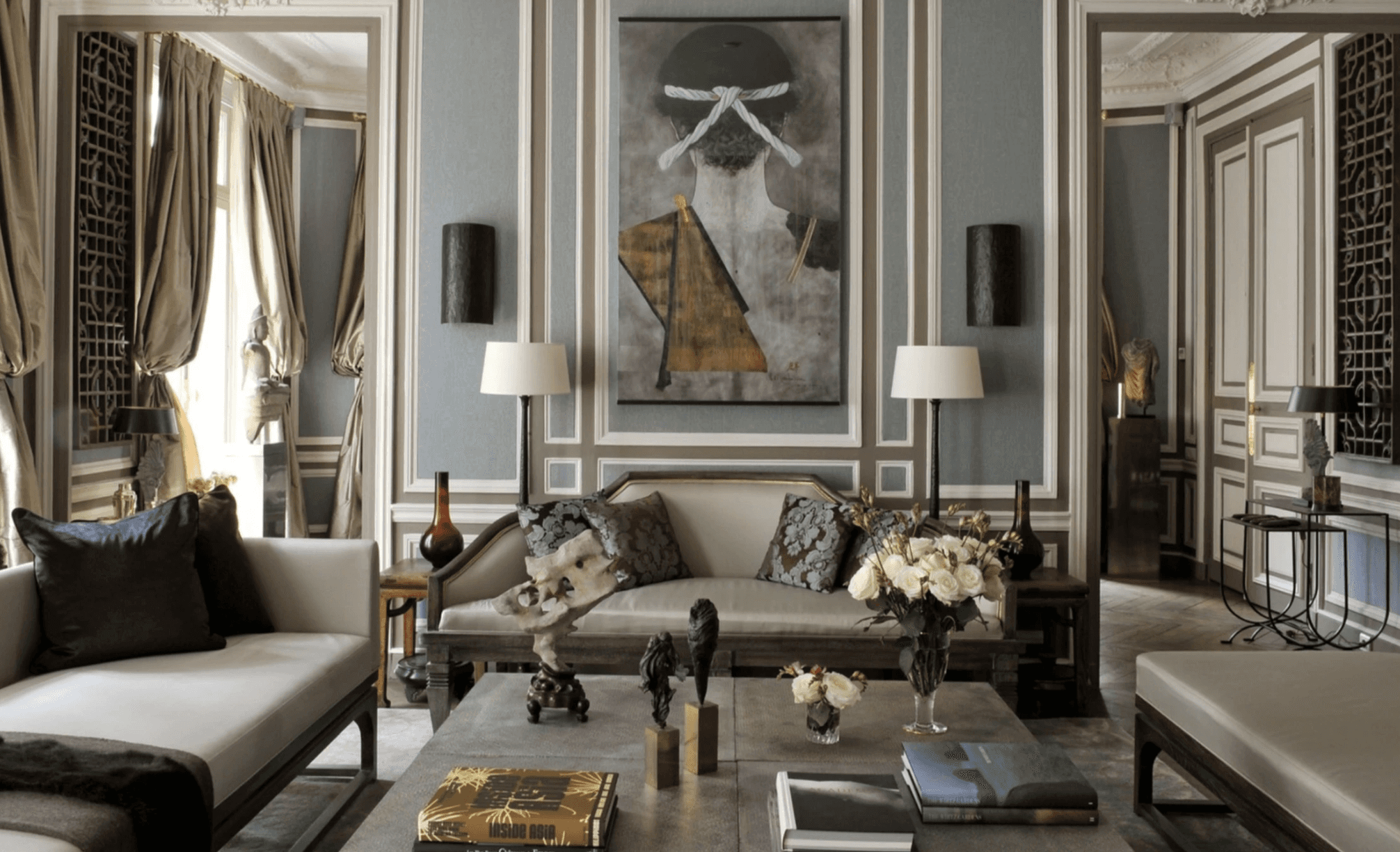
Christopher Noto
Jul 15, 2024
Discover how to select the ideal furniture for your home with this comprehensive guide. Learn about assessing your needs, choosing the right style, and balancing budget and comfort to enhance both the aesthetics and functionality of your space.
How to Choose the Perfect Furniture for Your Space: A Comprehensive Guide
Introduction
Selecting the right furniture is essential for achieving both functionality and style in your interior design. From choosing the right size and style to considering materials and comfort, informed furniture choices enhance the aesthetics and practicality of your space. This comprehensive guide will help you navigate the process of choosing the perfect furniture for your home, covering key considerations and offering practical tips.
1. Assessing Your Needs and Space
A. Evaluating Space
Room Dimensions: Measure the dimensions of your room, including length, width, and height. This helps in selecting furniture that fits comfortably within the space and maintains a balanced scale. Use a tape measure or a room-planning app to get accurate measurements.
Traffic Flow: Consider the flow of traffic and ensure that furniture placement allows for easy movement and accessibility. Avoid blocking pathways and create clear routes through the room to maintain a functional layout.
B. Identifying Needs
Functionality: Determine the primary functions of the space and select furniture that meets those needs. For example, a comfortable sofa is essential for a living room, while a spacious dining table is necessary for a dining area. Think about how you use the space and choose furniture that supports those activities.
Storage: Assess your storage requirements and choose furniture with built-in storage solutions, such as cabinets, shelves, or ottomans with hidden compartments. This helps keep the space organized and clutter-free, making it both practical and visually appealing.
2. Choosing the Right Style
A. Design Aesthetics
Personal Style: Choose furniture that reflects your personal style and complements the overall design theme of the room. Whether you prefer modern, traditional, eclectic, or minimalist designs, ensure that the furniture aligns with your vision and enhances the room's character.
Consistency: Ensure that furniture pieces are consistent with the room’s design style. Mixing styles can be effective if done thoughtfully, but aim for a cohesive look that enhances the overall design. Consider using a mix of textures and materials to add depth without disrupting the design flow.
B. Matching Furniture
Coordinate Pieces: Choose furniture that coordinates well with other elements in the room, such as color schemes, textiles, and decor. This creates a harmonious and unified look, making the space feel well-curated and balanced.
Avoid Matching Sets: Consider mixing and matching different pieces to create a dynamic and personalized look. Rather than opting for a matching furniture set, select individual pieces that complement each other and add character to the space.
3. Selecting Materials and Finishes
A. Durability and Maintenance
Material Quality: Choose high-quality materials that are durable and easy to maintain. Options include solid wood, leather, and high-performance fabrics. Durable materials ensure longevity and withstand daily use, providing value over time.
Finish Options: Consider finishes that are both aesthetically pleasing and practical. For example, stain-resistant upholstery or easy-to-clean surfaces can enhance functionality and maintain appearance, reducing the need for frequent maintenance.
B. Comfort and Function
Comfort: Test furniture for comfort and ergonomics. Ensure that sofas, chairs, and beds provide adequate support and are comfortable for daily use. Sit, lie down, or test the furniture in-store to gauge comfort levels.
Functionality: Look for furniture with functional features, such as adjustable height, reclining options, or modular designs. These features enhance usability and comfort, making the furniture more versatile and accommodating.
4. Budget Considerations
A. Setting a Budget
Determine Budget: Establish a budget for your furniture purchases and prioritize essential pieces within that budget. Setting a clear budget helps in making informed decisions and avoiding overspending. Allocate funds for high-impact items and save on accessories or decorative pieces.
Quality vs. Cost: Balance quality and cost by opting for well-made furniture that offers long-term value. Investing in durable pieces can be more cost-effective over time compared to cheaper alternatives that may need replacing sooner.
B. Exploring Options
Shopping Around: Explore different retailers and online options to find furniture that fits your budget and style preferences. Comparing options can help you find the best deals and selections, giving you a broader range of choices.
Sales and Discounts: Take advantage of sales, discounts, and promotions to get the best value for your money. Timing your purchases during clearance events or holiday sales can result in significant savings.
5. Practical Tips for Furniture Selection
A. Proportions and Scale
Proportional Sizing: Ensure that furniture is proportional to the size of the room and other pieces. Avoid overly large or small items that disrupt visual balance and scale. Use visual guides or online tools to help you determine appropriate sizes.
B. Fabric and Color Choices
Neutral Base: Consider neutral fabrics and colors for major furniture pieces. Neutrals provide versatility and can be easily updated with accessories and accent colors. This approach allows you to change the look of the room without replacing large pieces.
Accent Fabrics: Use accent fabrics and colors to add personality and style through throw pillows, rugs, and other accessories. This approach allows for easy updates and customization, giving you the flexibility to refresh the look of the space.
6. Examples of Furniture Selection
A. Living Rooms
Comfort and Style: Choose a comfortable sofa and stylish coffee table that complement each other and enhance the room’s design. Ensure that the furniture supports relaxation and socializing, creating a welcoming and functional space.
B. Bedrooms
Function and Aesthetics: Select a well-crafted bed frame and functional storage solutions that align with the room’s aesthetic. Prioritize both style and practical needs for a well-designed bedroom that supports rest and organization.
Conclusion
Choosing the perfect furniture involves careful consideration of space, style, material, and functionality. By assessing your needs, selecting the right style, and considering budget and comfort, you can make informed furniture choices that enhance both the aesthetics and practicality of your home. Use this guide to find furniture that fits your space and reflects your personal style, creating a beautifully designed and functional living environment.

Design Insights: Tips, Trends, and Inspiration for Your Space
Search ressources

